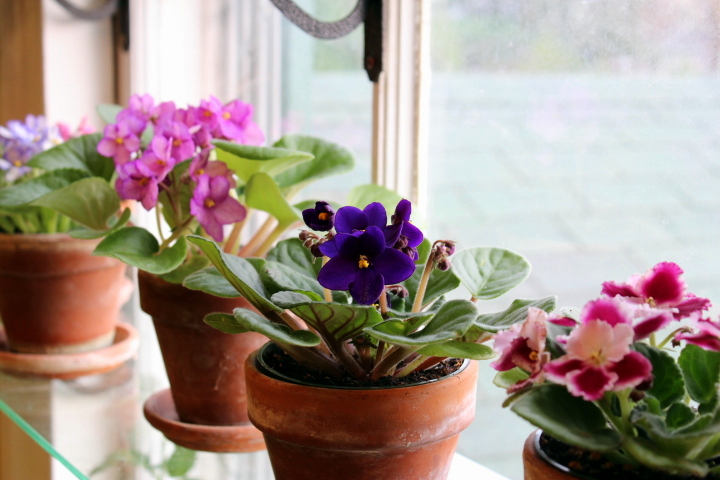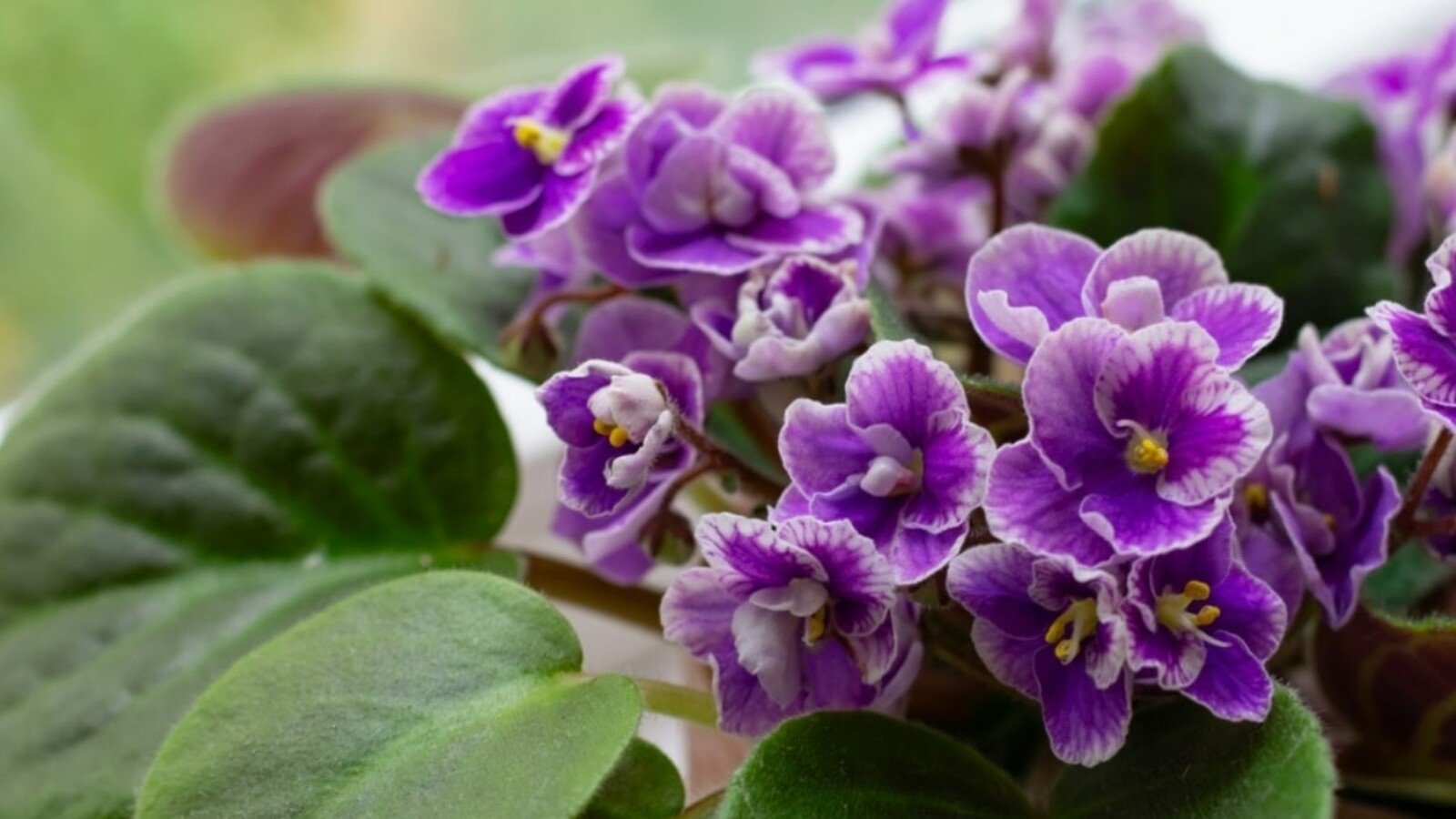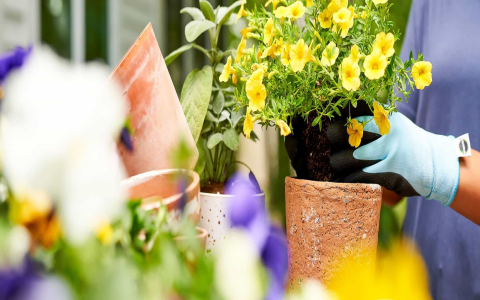Alright, let’s talk about these tiny little African violets. I kinda stumbled into growing them a while back and figured I’d share what I’ve learned hands-on, ’cause reading about it is one thing, but actually doing it is another.
Getting Started
So, I got my first few miniatures from a local nursery. They were so small! The first thing I realized is they need tiny pots. Like, really tiny, maybe 2 or 3 inches across. If the pot’s too big, the roots just sit in wet soil and rot. Learned that the hard way with one poor little guy.

For soil, I messed around a bit. Regular potting soil is too heavy. It stays wet too long. I ended up mixing some regular African violet soil with extra perlite – you know, those little white styrofoam-looking bits? Makes it really light and lets the water drain through fast. That seemed to work much better.
Finding the Right Spot – Light is Key
Figuring out the light took some trial and error. I first put them on a sunny windowsill, thinking flowers need sun. Big mistake. The leaves got scorched little brown spots. These little plants like bright light, but not direct sunlight hitting them.
I moved them to an east-facing window where they get gentle morning sun, and that seemed okay. Then I tried a north-facing window, and they did even better – bright light all day, but no direct rays. Sometimes in winter, I move them under a simple fluorescent desk lamp, just kept on for about 10-12 hours a day, a foot or so above them. They seem to really like that consistent light.
Watering Drama
Okay, watering. This was the biggest hurdle. You absolutely cannot get water on the leaves. It leaves ugly spots and can cause rot. Also, cold water is a no-no; it shocks the roots. I always use room temperature water, letting it sit out for a bit if it’s straight from the tap.
What works best for me is bottom watering. Here’s my routine:
- I wait until the top of the soil feels just slightly dry to the touch. Don’t let it get bone dry, but don’t keep it soggy either.
- I put the little pot into a shallow dish or saucer with about an inch of water in it.
- I just leave it there for maybe 20-30 minutes. The soil soaks up water from the bottom through the drainage holes.
- Once the top of the soil looks moist, I take the pot out and let any extra water drain away completely before putting it back in its spot.
This way, the leaves stay dry, and the roots get a good drink without being waterlogged. How often? Depends on the weather, the pot size, maybe once a week, sometimes more, sometimes less. I just check the soil with my finger.
Feeding These Little Guys
They need food to keep blooming, but they’re tiny, so they don’t need much. I use a balanced fertilizer specifically for African violets, the liquid kind. The trick is to dilute it way more than the bottle says – like quarter strength. I add this weak fertilizer water maybe every time I water when they are actively growing or blooming. If I give them too much, I noticed the leaves get kinda tight or brittle. So, less is definitely more here.

Other Little Things
Humidity: My house is kinda dry, especially in winter. Sometimes I group the pots together on a tray. The water evaporating from the soil seems to help create a little humid bubble around them. Some people use pebble trays with water, I tried that too, it works okay.
Grooming: I try to regularly pinch off any dead flowers or yellowing leaves right at the base. Keeps the plant looking tidy and seems to encourage more blooms. Gotta keep ’em clean.
Repotting: About once a year, maybe year and a half, they seem to get a bit crowded or the soil looks tired. I gently take them out, trim off any yucky roots, and put them back in the same size pot (or one just slightly bigger if absolutely necessary) with fresh, light soil mix. Keeping them slightly root-bound in small pots encourages blooming, I found.
So yeah, that’s basically my routine. It sounds like a lot, but once you get the hang of it, these miniature African violets are pretty rewarding. They bloom their little hearts out most of the year with just a bit of consistent attention. It’s mostly about getting the light and watering right, and not messing with them too much!





















